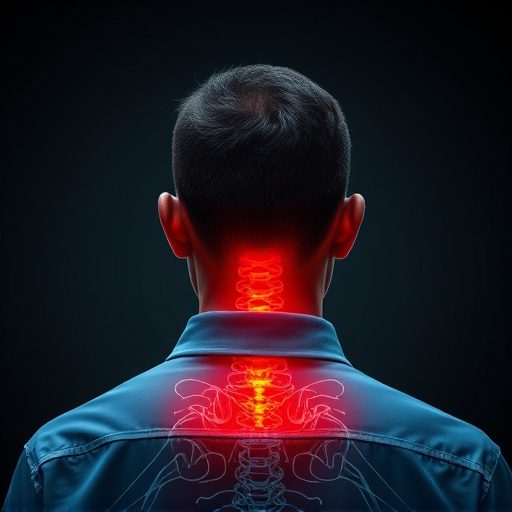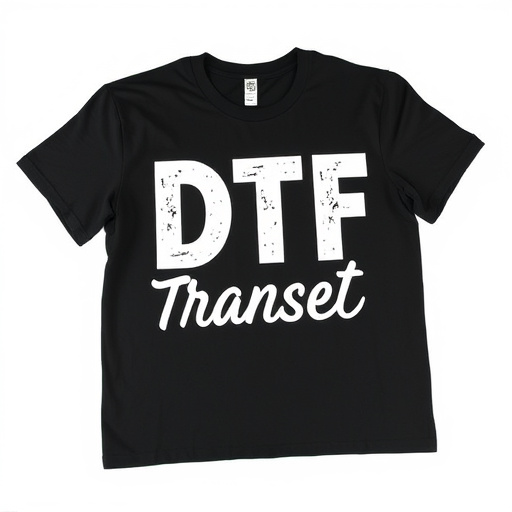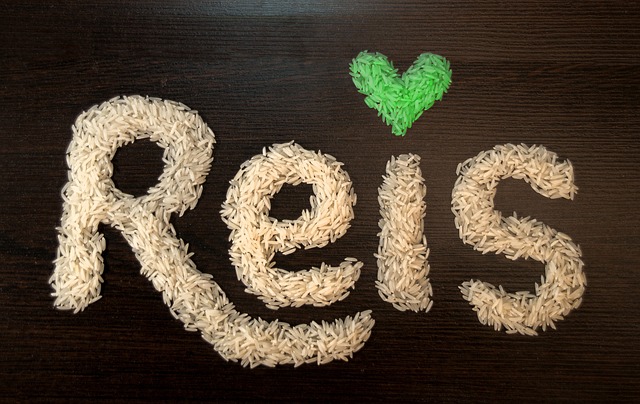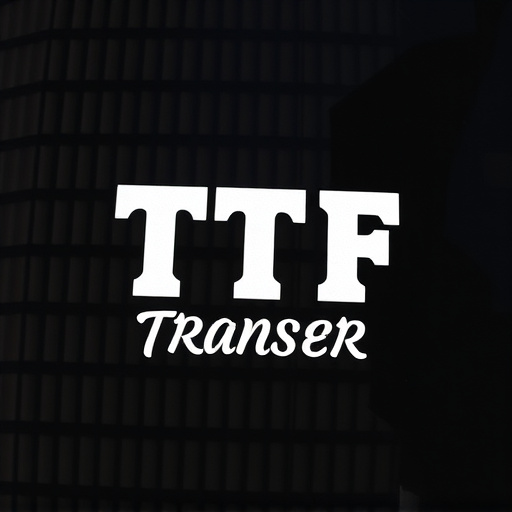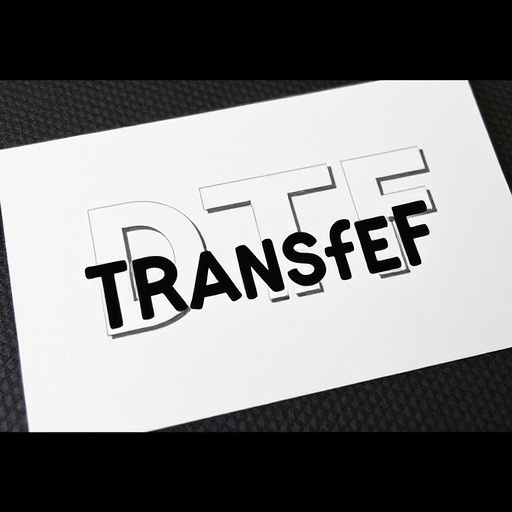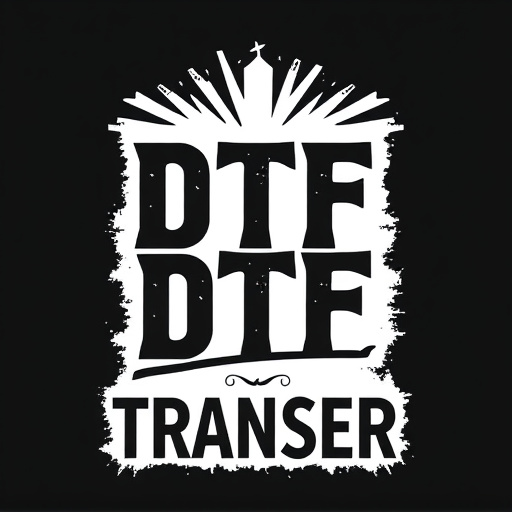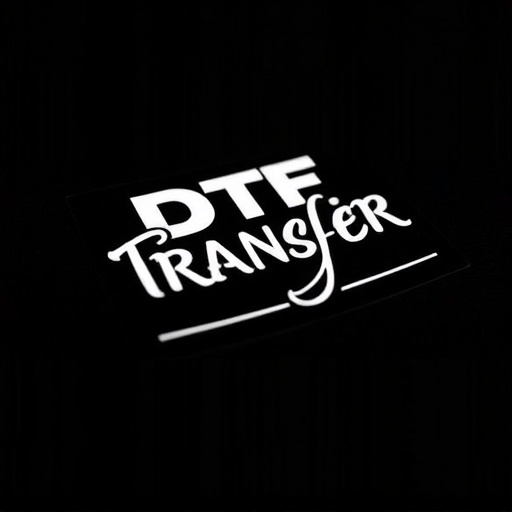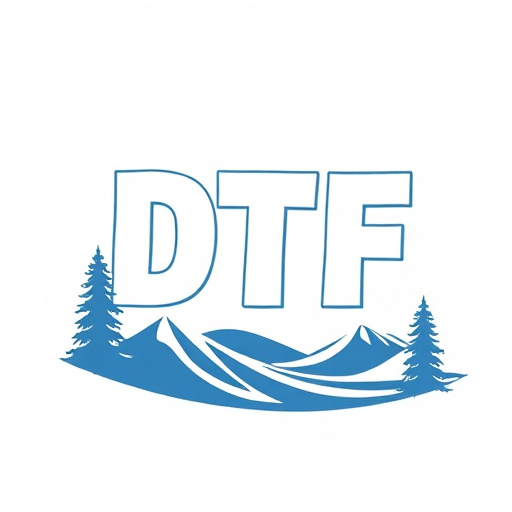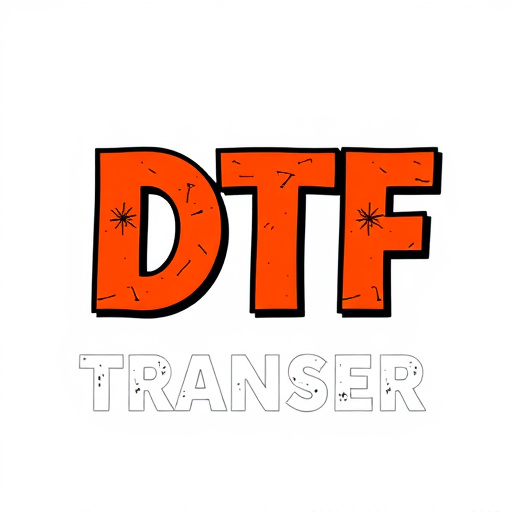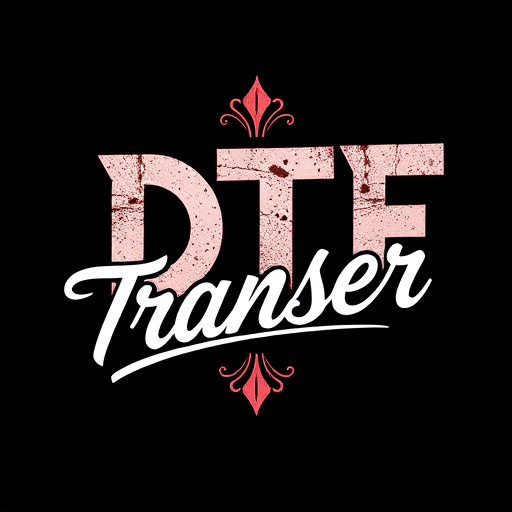Direct-to-Fabric (DTF) transfer technology offers durable, high-quality prints for commercial applications. This process involves applying special ink directly to fabric, followed by a protective transparent film, fusing under heat and pressure for permanent designs. Ideal for apparel and signage, DTF printing is known for its extended durability, vibrant colors, and customization capabilities, appealing to businesses seeking long-lasting, high-quality prints on various materials. Best practices include using durable fabrics, proper pre-treatment, adequate curing time, and regular maintenance. Future innovations aim to enhance color vibrancy, expand format handling, and improve fading resistance, further revolutionizing commercial design and customization.
“Discover the revolutionary power of DTF (Direct-to-Film) transfer technology, transforming commercial applications with its extended durability. This comprehensive guide delves into the intricacies of DTF’s capabilities, offering a fresh perspective on printing. From material science advancements to diverse industry applications, we explore why DTF prints stand the test of time. Learn best practices to maximize longevity and stay ahead of innovations that will shape the future of DTF transfer technology.”
- Understanding DTF Transfer Technology: A Comprehensive Overview
- Advantages of DTF Transfers for Commercial Use Cases
- Material Science Behind Extended Durability in DTF Prints
- Applications of DTF Printing in Various Industries
- Best Practices for Ensuring Longevity of DTF Transfers
- Future Prospects and Innovations in DTF Transfer Technology
Understanding DTF Transfer Technology: A Comprehensive Overview
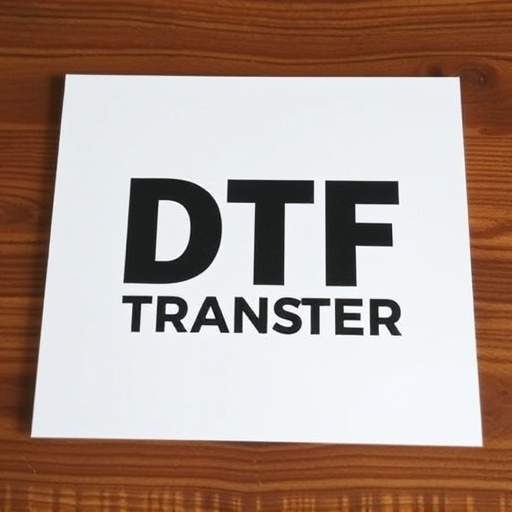
The DTF Transfer (Direct-to-Fabric) technology has emerged as a game-changer in the realm of printing for commercial applications, offering extended durability and exceptional quality. This innovative process involves transferring ink directly onto fabric using heat and pressure, creating DTF prints that are both vibrant and long-lasting. By eliminating the need for intermediate layers, DTF transfer ensures that the design is seamlessly integrated into the fabric, making it ideal for a wide range of products from apparel to signage.
Understanding DTF Transfer Technology requires grasping its multi-step process. First, a special ink is applied to the fabric, followed by a transparent film that acts as a protective layer during heating. The fabric assembly is then heated under pressure, causing the ink to fuse with the fabric fibers, resulting in a permanent and vibrant DTF print. This method ensures that colors remain vivid even after repeated washing, making it a preferred choice for high-quality, long-lasting prints in commercial settings.
Advantages of DTF Transfers for Commercial Use Cases
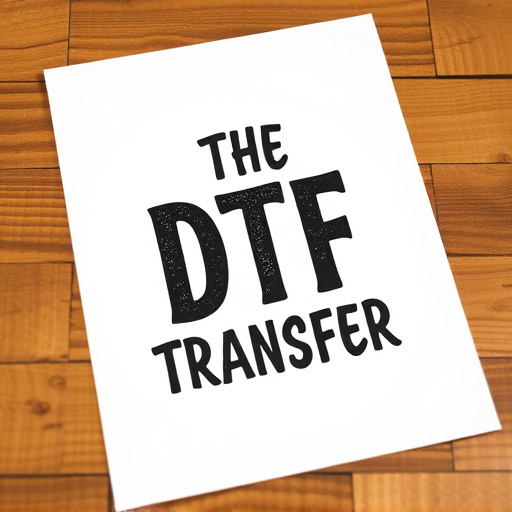
Direct-to-fabric (DTF) transfers offer several advantages for commercial applications, making them a game-changer in the printing industry. One of the key benefits is their extended durability; DTF prints are designed to withstand rigorous washing and wear and tear, ensuring that logos, graphics, or designs on clothing, textiles, and other materials remain vibrant and intact for longer periods. This longevity is particularly valuable for businesses as it reduces the need for frequent reprints or replacements, saving both time and money.
Additionally, DTF transfers provide a wide range of customization options. With advanced printing technology, intricate details and complex designs can be replicated accurately on various fabric types, allowing brands to create unique and visually appealing products. Moreover, DTF Printing offers efficiency in production, as it streamlines the process of applying designs to fabrics, making it ideal for bulk orders or short-run projects. This versatility and speed make DTF Transfers a preferred choice for commercial enterprises seeking high-quality, durable printing solutions.
Material Science Behind Extended Durability in DTF Prints
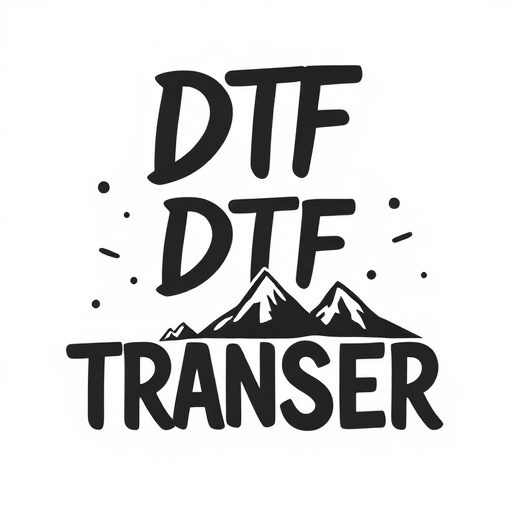
The material science behind Extended Durability in DTF (Direct to Fabric) prints involves a sophisticated interplay of polymer chemistry and surface treatments. DTF Transfers, which are essentially thin films of ink adhered to a release layer, undergo a meticulous design process to ensure their longevity. The choice of polymers, such as those derived from polyester or polyurethane, plays a crucial role in determining the print’s resistance to fading, cracking, and peeling. These materials offer superior adhesion to fabrics while maintaining flexibility, enabling them to withstand the rigors of continuous use.
Advanced surface modifications, including coatings and plasma treatments, further enhance DTF Prints’ durability. Coating the fabric with protective layers before printing can barrier against environmental factors like UV radiation and moisture, preventing premature degradation. Plasma treatment, on the other hand, modifies the fabric’s surface energy, improving ink adhesion and reducing the likelihood of delamination over time. These material science innovations are pivotal in making DTF Transfers a reliable choice for commercial applications demanding long-lasting, high-quality prints.
Applications of DTF Printing in Various Industries

The versatility of DTF (Direct to Fabric) Printing has seen it gain traction across diverse industries, revolutionizing the way businesses approach product customization and branding. This cutting-edge technology allows for the creation of high-quality, long-lasting DTF transfers that can be applied to a wide range of materials, from clothing and textiles to signage and promotional products. The ability to produce detailed, vibrant DTF prints has made it a favorite among designers and manufacturers looking to create unique, durable designs.
In the apparel industry, DTF Printing enables small businesses and independent designers to compete with larger brands by offering personalized, on-demand clothing. From custom t-shirts and hoodies to accessories like bags and hats, DTF transfers provide a cost-effective solution for creating intricate patterns and graphics. Similarly, in the signage sector, DTF Technology is utilized for producing eye-catching banners, posters, and wall art, offering businesses an affordable way to enhance their branding and marketing efforts.
Best Practices for Ensuring Longevity of DTF Transfers

To ensure the longevity of Direct to Fabric (DTF) transfers in commercial applications, several best practices should be implemented. First and foremost, using high-quality materials is paramount. Opting for durable fabrics with a robust finish can significantly extend the lifespan of the DTF prints. Additionally, proper pre-treatment of fabrics before printing is crucial; this includes cleaning the fabric to remove any contaminants that might hinder adhesion or cause print smudging.
Another critical aspect is post-printing care. After applying the DTF transfer, it’s essential to allow adequate time for curing, as rushed processes can lead to poor adhesion and early deterioration of the print. Furthermore, maintaining a clean environment during use prevents dust and other particles from accumulating on the prints, which can cause blocking or fading over time. Regular maintenance and careful handling will contribute to the overall longevity of DTF transfers in commercial settings.
Future Prospects and Innovations in DTF Transfer Technology
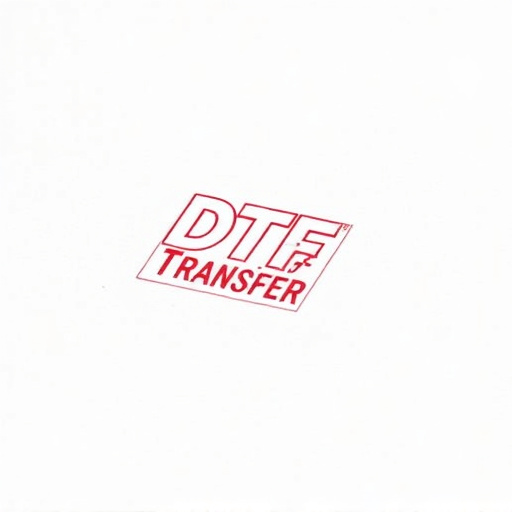
The future of DTF (Direct to Fabric) transfer technology looks promising, with continuous innovations aimed at enhancing durability and print quality. Researchers and manufacturers are exploring new materials and techniques to extend the lifespan of DTF prints, making them suitable for demanding commercial applications. One such innovation involves advanced inks that offer superior color vibrancy and resistance to fading, ensuring DTF prints remain vibrant even under harsh conditions.
Additionally, there is a growing trend towards developing DTF transfer processes that can handle larger formats and diverse fabric types, opening up opportunities for more extensive commercial uses. These advancements promise to revolutionize the custom apparel and product branding industries by providing long-lasting, high-quality prints on various materials. As technology evolves, we can expect even more sophisticated DTF printing methods, making it a game-changer in the world of commercial design and customization.
